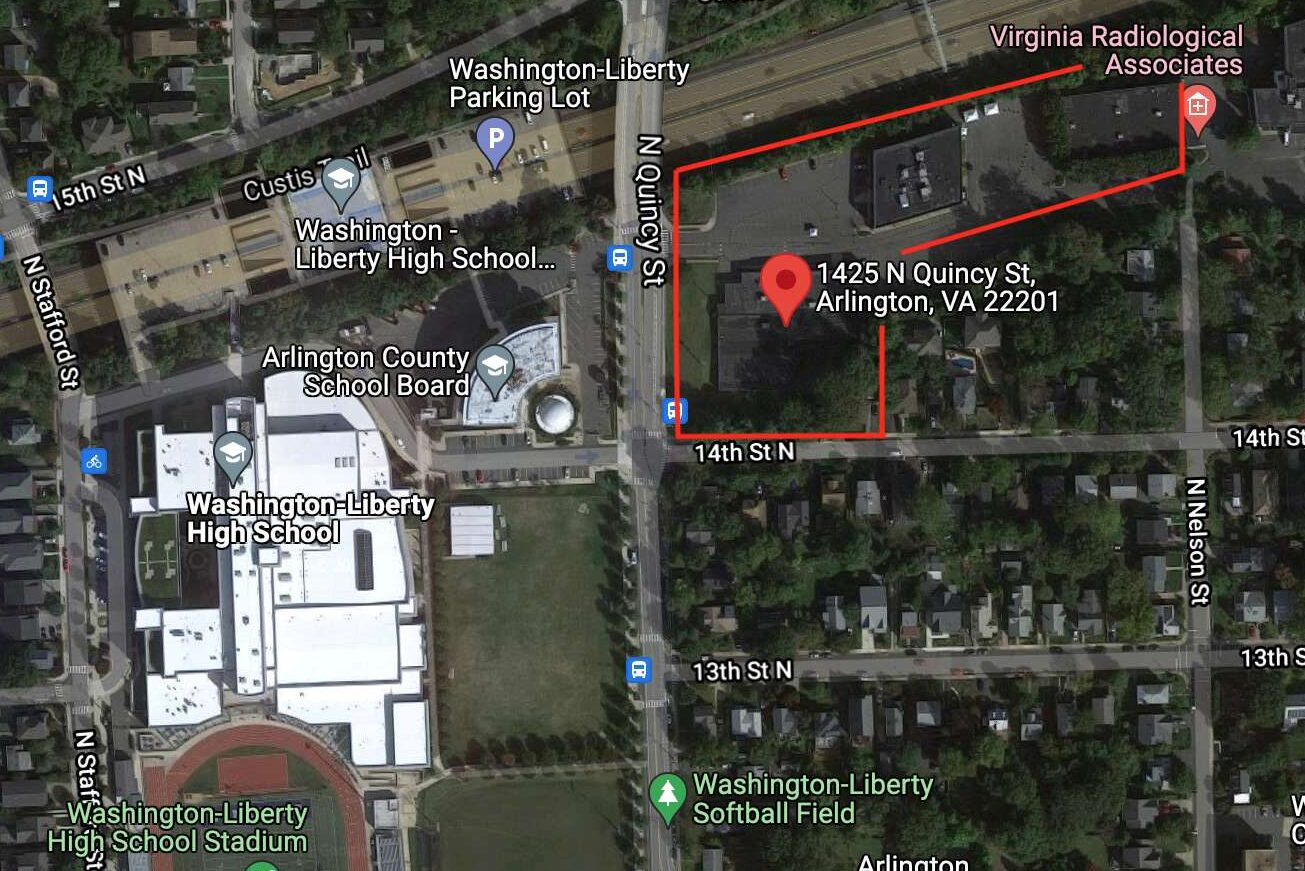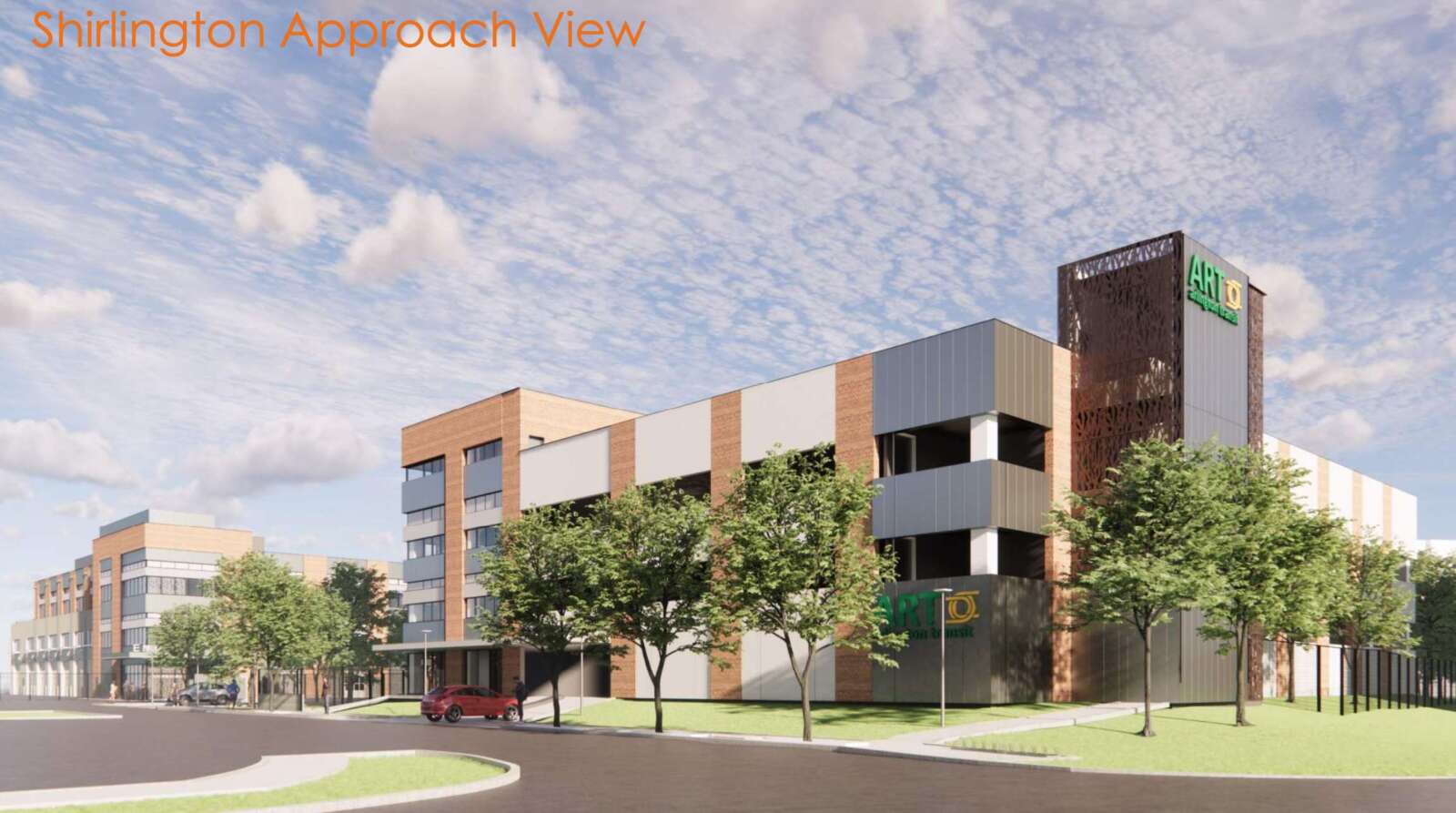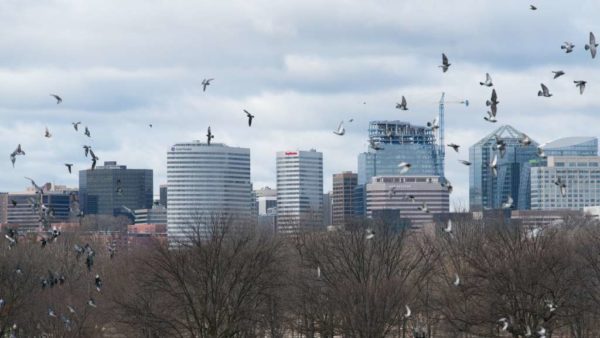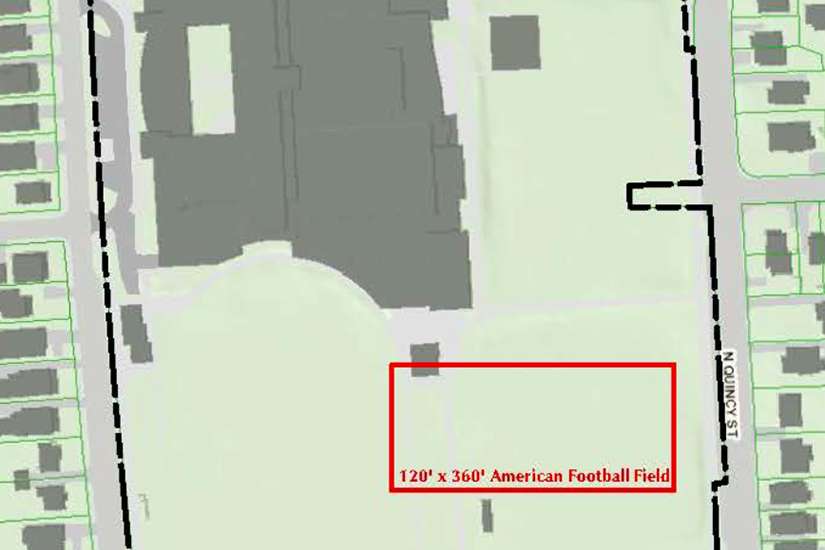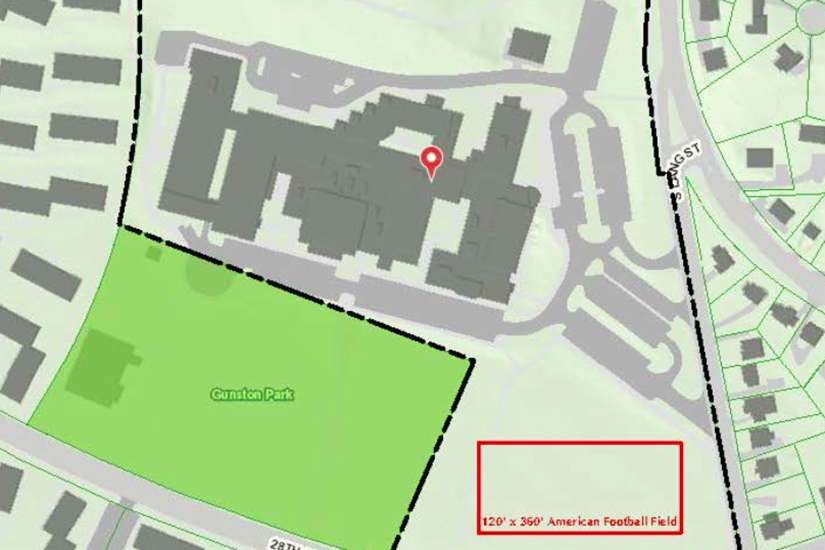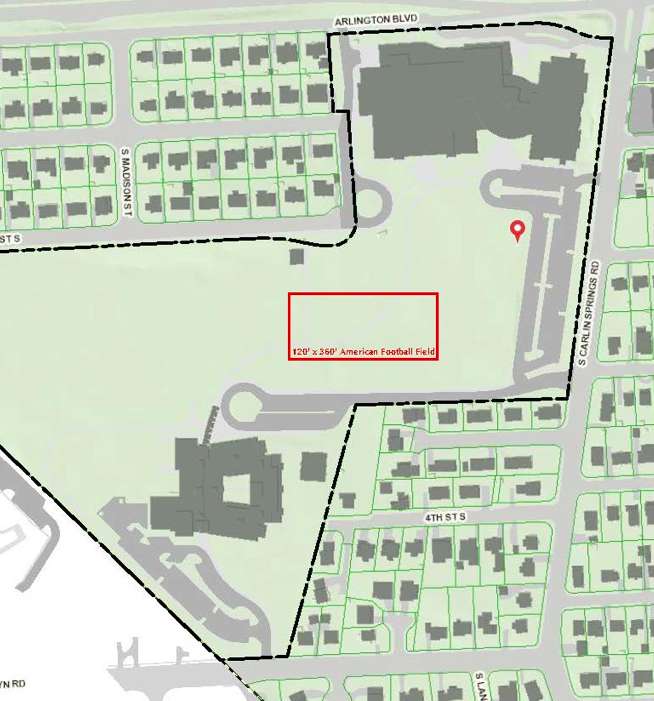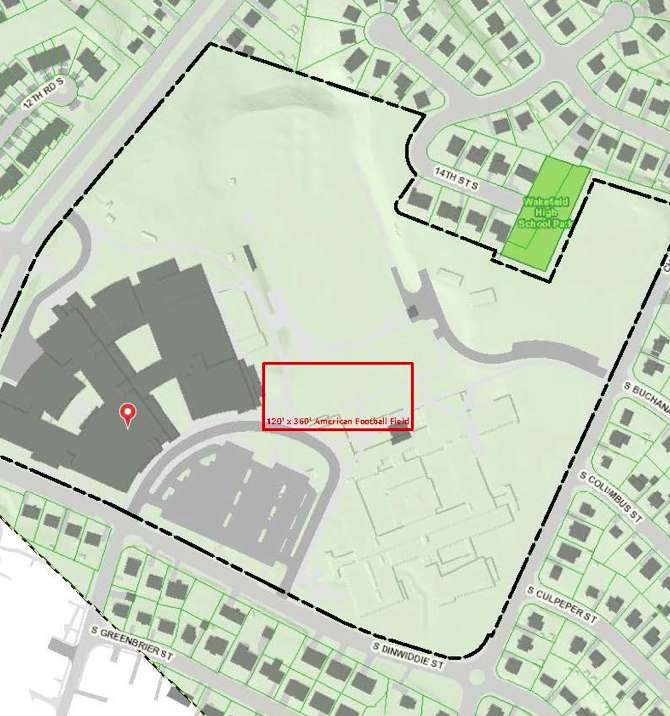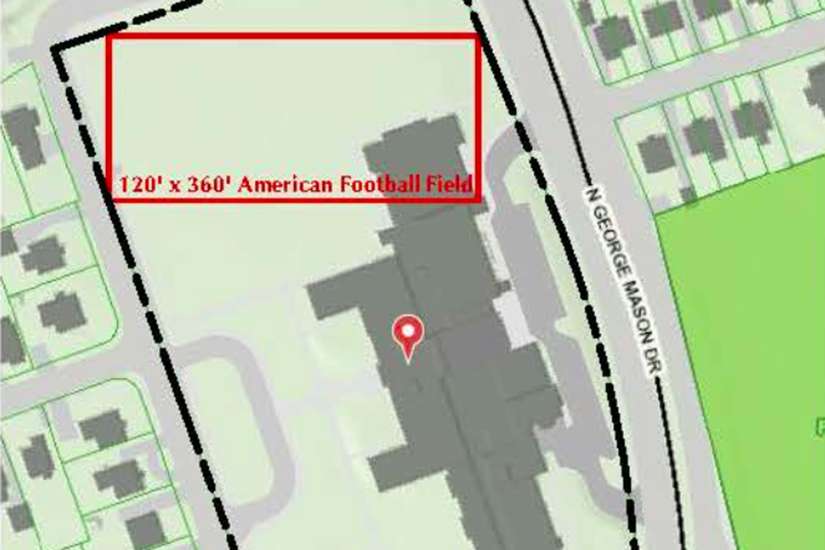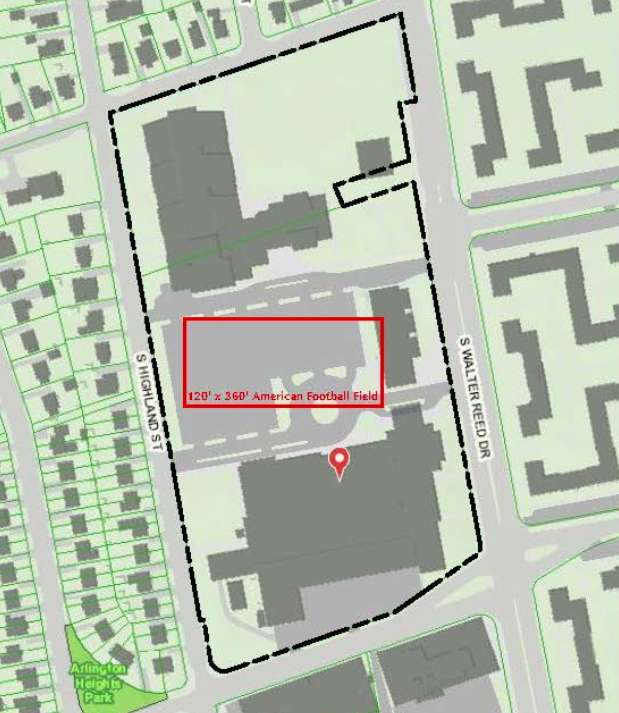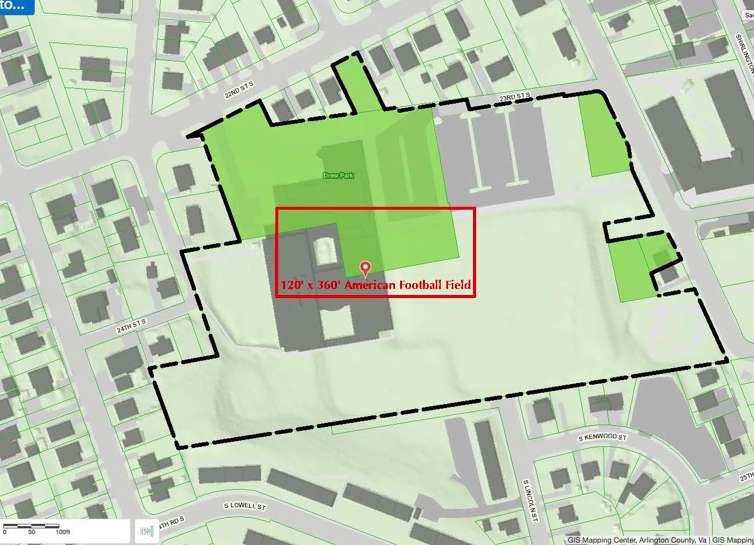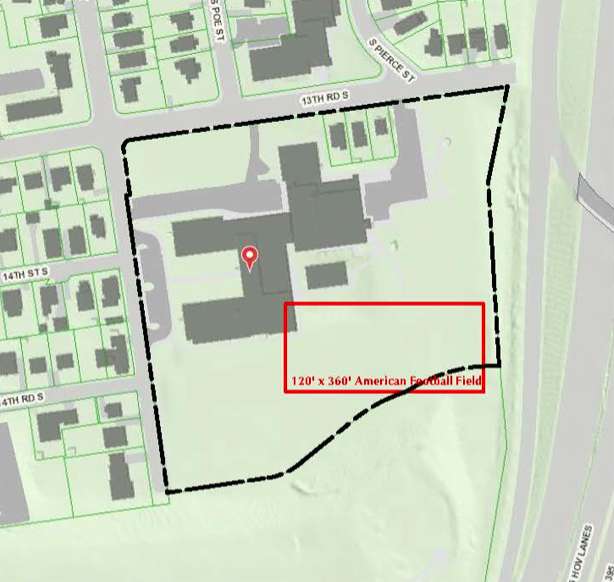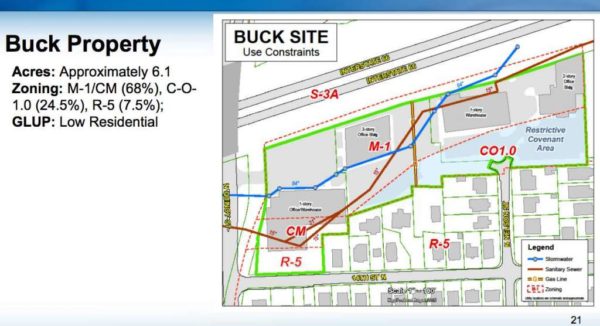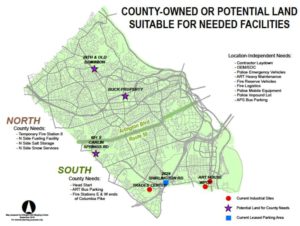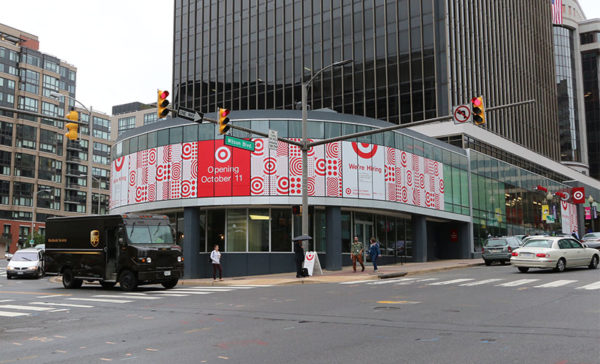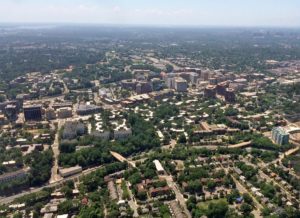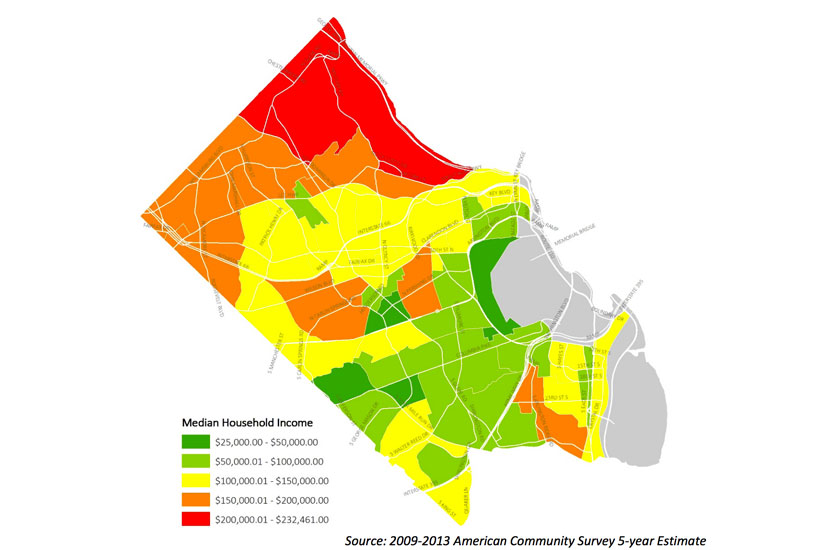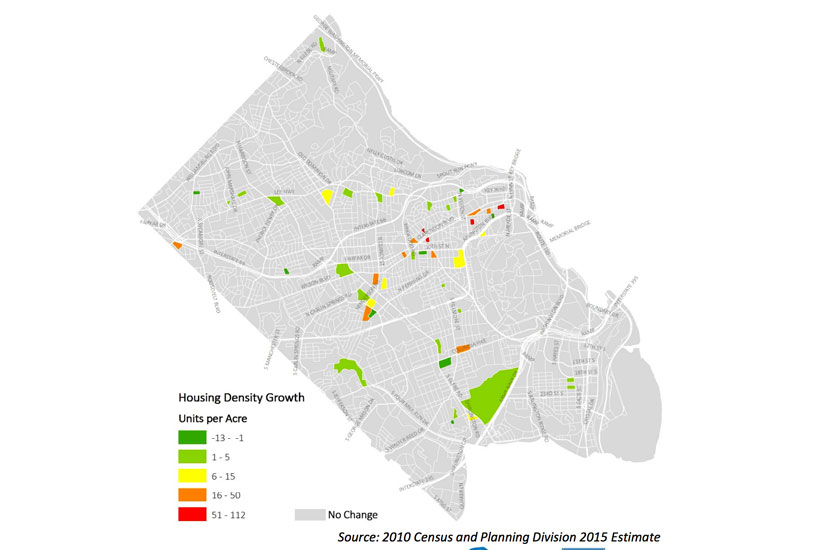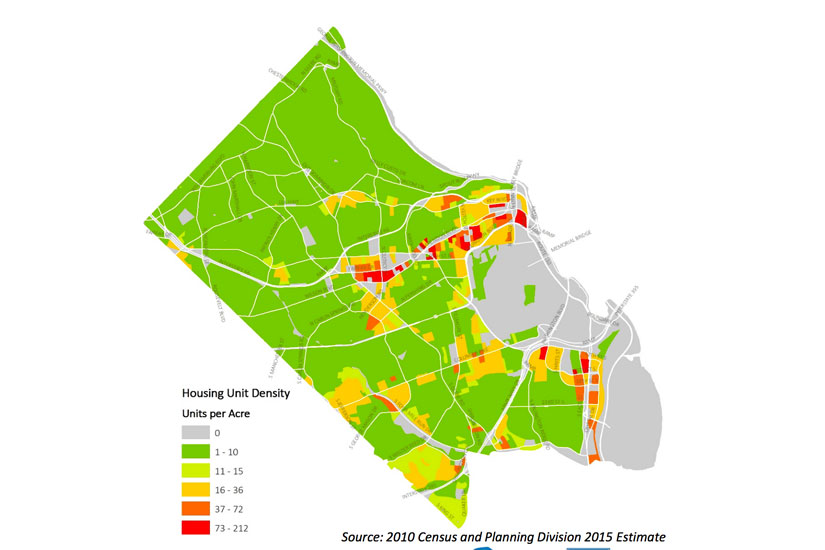Several items before the County Board on Saturday would tee up an Arlington Transit bus facility construction in Green Valley — to the chagrin of two communities.
The Board will consider approving the use of the new bus facility for commercial parking, temporarily relocating about 30 ART buses to a Virginia Square site during construction, revising a lease to accommodate the temporary storage, and making contract amendments.
Construction on the project off Shirlington Road, which is budgeted at $97 million, is set to start in late spring, per a board report.
The Ballston-Virginia Square Civic Association is concerned with the county’s plans to use the approximately 6-acre “Buck site” along N. Quincy Street for temporary bus storage. The association claims the property isn’t zoned as a bus dispatch and storage site, and it would be disruptive to the neighborhood.
County officials said in December that property is the only available and affordable site zoned for vehicle storage. Ahead of construction, 29 buses will go to the N. Quincy Street site, while 12 will move to a bus site on S. Eads Street, which opened in 2017 near Crystal City.
“Other sites were considered, both County-owned and private facilities, but these did not meet all the suitability criteria needed to maintain service delivery to our transit riders,” county spokeswoman Jessica Baxter said in a statement. “If the Board approves the application for the use permit, the County has committed to being a good neighbor to minimize impacts to the largest extent possible and be responsive to concerns that may arise from this temporary use.”
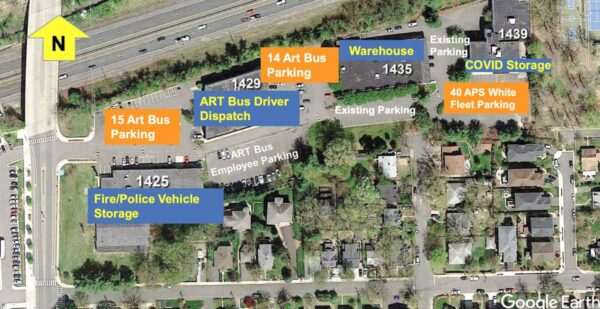
Currently, the county uses the site across from Washington-Liberty High School to park some fire and police vehicles, as well as a portion of the Arlington Public Schools vehicle fleet. An item before the Board this weekend would amend its lease with the School Board to move those vehicles to another part of the site.
The local civic association, however, is opposed to the plan.
“Our neighborhood — like any other in Arlington — should shoulder its fair share of uses that benefit the broader community, even if that sometimes means greater noise, traffic, and pollution,” BVSCA President James Rosen said in a statement. “But placing buses on the Quincy site fails to meet the standard for a good — let alone lawful — use of land the County paid over $30 million to acquire in 2017, of which the County has since written off $5 million.”
Before the county purchased the property, which is zoned for light industrial uses, it was home to family establishments like Jumping Joeys and Dynamic Gymnastics. The county, facing a shortage of land for school and government operations, saw the purchase as a possible school bus facility, which the surrounding community also opposed at the time.
“The noxious effects of the operation of ART buses… will not only put our health and safety at risk, but will compromise the livability of our neighborhood, and put our students and visitors in dangerous situations,” Rosen said.
Arlington’s Department of Environmental Services previously said the peak times of the high school and bus dispatches aren’t the same so it doesn’t think that student safety will be an issue.
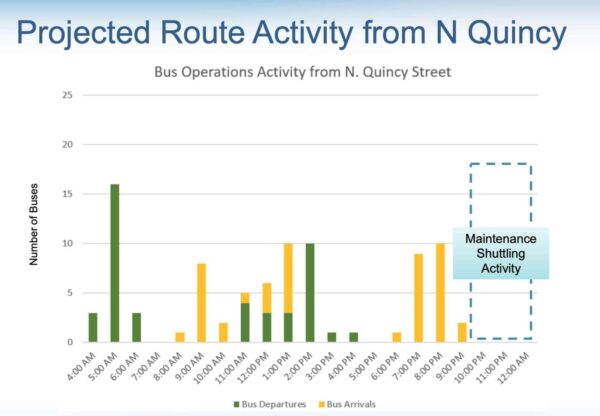
Through 2025, buses will be parked at and dispatched from the N. Quincy Street site on weekdays, with a majority of movement happening between 4 a.m. and 9 p.m., according to the board report. The buses parked on the site would serve six ART bus routes, mostly in north Arlington.
Maintenance and refueling activities would not occur on-site but buses may leave to be maintenanced at other county facilities on weekends.
Green Valley facility
As ART has increased its routes and hours of service over the last decade, and anticipates continuing to increase service over the next 20 years, the operations and maintenance facility in Green Valley is needed, according to a board report.


